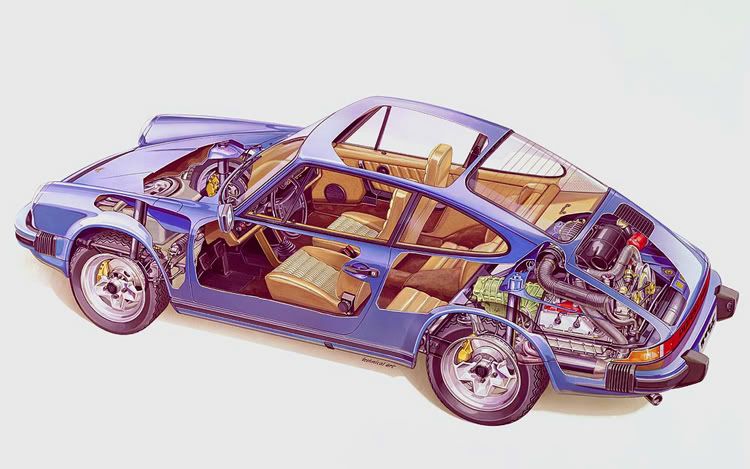Some background: I'm considering designing a basic mid-engined car from scratch at some point in the future. The goal of the car would be to have high, although not ludicrous, performance, as well as being comfortable and civilised enough that I would actually want to drive it. Somewhere around 400 to 450 horsepower, with a weight around 1,100 to 1,200kg.
Towards that end I've been researching tyres. I recently spent some time driving a Chevy Malibu with 225/55/R17s and really liked them. They were high in grip, felt meaty and solid, yet were also still comfortable enough for long stretches of highway driving and even a dirt road or two.
With this in mind I searched the websites of the major suppliers, Pirelli, Michelin, Bridgestone, and found to my horror that sporting tyres suitable for the rear of my postulated car, say 285/45/17, do not exist! The widest 17-inchers were 255 - not really suitable. Further research showed that most sporting tyres exist in the 18" to 22" (!) range.
Who is buying these tyres? (Masochists?) Which perfect roads, free from the slightest imperfection, are they driving their cars on? How often do they bend the rims? What is their chiropractic expenditure? Do they get out to take a break after twenty minutes, or half an hour? Do they wear ear plugs to cut down the road noise?
In more seriousness, can anyone recall when 17" tyres went the way of the dodo and why? If they're good enough for the Ferrari F40, Jaguar XJ220 and McLaren F1, surely they ought to be good enough for the likes of you and me.
- Login or Register
No account yet? Sign up

